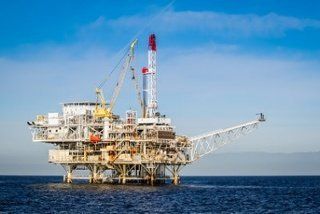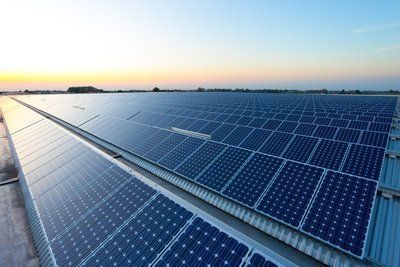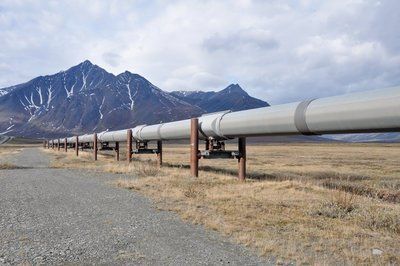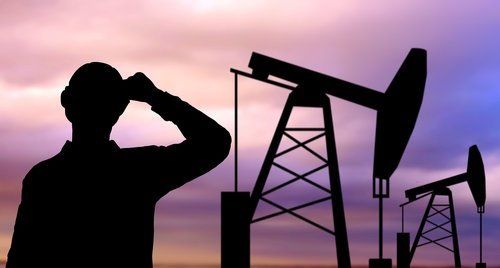HEAVY IRON NEWS
The Gulf Of Mexico Is Ramping Up Oil Production

The Gulf of Mexico has been steadily increasing its oil production despite concerns regarding plummeting oil prices. In fact, production has increased enough that the Gulf of Mexico is expected to reach a record high in 2017. Many oil production companies and unconventional drillers have increased production throughout the United States rather than slowing down. Despite this, oil and gas remains a big and booming business.
THE MOMENTUM RELATED TO DEEPWATER DRILLING
By the time the oil price was plummeting, many of the Gulf of Mexico projects were already in full swing and could not be delayed. Deepwater drilling requires a significant amount of investment and preparation compared to other oil drilling projects. Whereas other companies could slow or even stop production, deepwater drilling projects needed to continue moving forward or lose a substantial portion of their investment. This has carried the Gulf of Mexico projects through the oil price decline and has encouraged continued production throughout the Gulf. At this stage, deepwater drilling cannot be slowed. By the time operations were downsized or ceased, it would be time to resume.
RECOVERY FROM DISASTER: THE BP OIL SPILL
Oil drilling in the Gulf of Mexico is often associated with the BP oil disaster, during which time over 4 million barrels of oil infiltrated the Gulf. Today, however, it takes only approximately two days for deepwater drilling within the Gulf of Mexico to produce 4 million barrels of oil; oil production has remained resilient. Many of the issues that led to the BP oil spill have been addressed, and the technology has improved substantially enough that the risks are fairly minimal. Modern response planning makes it faster and easier to contain such spills, and makes extensive drilling far less risky.
THE PROFITABILITY OF OIL IN THE GULF

Oil production within the Gulf of Mexico is a long-term investment. Deepwater drilling rigs and equipment need to be placed and maintained, at the cost of billions of dollars. The infrastructure is presently there; the only decision is whether or not to use it. Consequently, though oil currently being produced may not be profitable, the companies involved would be making even less money if they weren't currently operating their rigs. The cost of overhead and operations is already present, and the decision to remove the equipment would be costly for all of those involved.
While the Gulf of Mexico may not be turning significant profit during the downturn, they have remained in operation and will likely recover their profitability once the market recovers. It's expected that the oil and gas market should begin recovering by late 2016 and throughout 2017, at which time profit margins will get larger. Naturally, though extensive deepwater infrastructures cannot be downsized, many other offshore and onshore oil and gas companies are choosing to limit their expenses in order to ride out the current gas prices. Heavy Iron Oilfield Services offers affordable rental equipment, from line heaters to sand separators.
Subscribe to Email Updates
Recent Post





